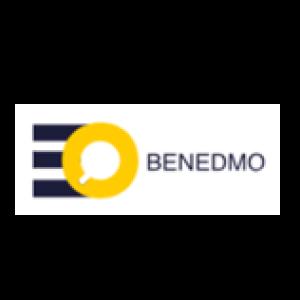 \
&
Contact us
\
&
Contact us
 \
&
Contact us
\
&
Contact us
Published on | 3 months ago
Programmes Agro-Food, Environment MissionsThe pathways2resilience initiative is linked to the mission on adaptation to climate change and is governed by the KIC climate, which operates as a fully independent unit since the beginning of this year. It focuses mainly on helping local and regional authorities to become forerunners in tackling the societal changes resulting from climate change.
The second call for applications is open since the 15th of May and will close on the 20th of August 2025. 61 new subgrantees will be selected, receiving financial support of (up to) 210,000€, along with a capacity-building program.
All information can be found here.
We offer news and event updates, covering all domains and topics of Horizon Europe, Digital Europe & EDF (and occasionally, for ongoing projects, Horizon 2020).
Stay informed about what matters to you.
By signing up, you can opt in for e-mail notifications and get access to
a personalised dashboard that groups all news updates and event announcements in your domain(s).
Only for stakeholders located in Flanders

Textgain is a Flemish SME and a partner in Digital Europe project BENEDMO, which answered to call ‘European Digital Media observatory (EDMO) - National and multinational hubs’.
Its task within the project is to further develop technologies to effectively detect sources of polarisation and disinformation, allowing journalists and moderators to quickly mitigate the harmful effects of such messages.